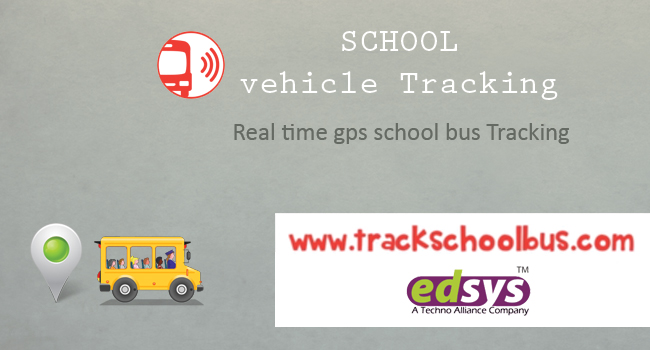Before you try to invest in the transportation industry you should have a clear decision on which type of bus you should purchase. If your budget is low and the use is for short term then used buses are the one to go with.
Compared to newer bus models used buses are much less expensive. But while purchasing a used school bus you should move in with complete caution, make sure you do a complete check-up of the vehicle otherwise you would end up with a lemon in your hands.
Just because the price is lower than a showroom vehicle doesn’t mean it’s a good deal. When you compare the total cost of ownership, repairs, and maintenance of the used vehicle it may end up being much expensive than a new one.
There are a lot of mediums for buying used buses even there are services online which auctions used buses. But when it comes online it’s always buyers beware situation.
Read Also: Buying a School Bus – 10 Important Points You Should Know
Like this, whatever you’re buying medium is you should do a complete inspection of the vehicle especially if you want to convert it into a perfectly functioning school bus.
If your intention is to buy a used bus then you should follow through our list described below
1. Condition
When you complete your inspection go through the condition of the bus it’s the most important thing if you’re considering to buy a used bus. Go through its interior, drive-train, and frame, check whether they are in good condition.
Verify whether the bus has been maintained over time. Inspect the bus interior check for wear and tear look for any other damage inside the bus. Search for rusting between the joints and test the interior features like HVAC systems and audio equipment and make sure they are working or not.
2. Maintenance Records
If your bus was part of a fleet, then it’s sure to have a maintenance record. It’s always good to be aware of where your vehicle has been for the last 10,000 miles.
You can get a comprehensive view of the repairs and maintenance works made to the vehicle over the years. Since it’s a government regulation to keep the maintenance records in the bus you can understand more about the vehicle you are buying.
You can get a comprehensive view of the repairs and maintenance works made to the vehicle over the years. Since it’s a government regulation to keep the maintenance records in the bus you can understand more about the vehicle you are buying.
3. Engine and Transmission Health
Before buying the vehicle make sure you test drive the bus, some transmissions start out fine but as they reach higher gears they tend to slip.
In this age, an automatic transmission is preferred over manual transmission so it would be wise to choose the preferred one. Same goes for engines, diesel engines work better with a heavier load. When selecting an engine you should consider the fuel efficiency and the weight of the engine.
Read Also: Top 10 School Bus Companies
4. Rust and Leaks
When it comes to steel bodies rust is like cancer, once the body is affected it only gets worse and there won’t be any going back. While inspecting the vehicle, make sure there isn’t any rust on the frame or underneath the body.
Look out for leaks, automatic transmissions are particularly found leaky. Some transmissions constantly start to leak as the vehicle gets hot (in long trips).
If your vehicle is found with leaks and rust, replacing the infected parts is the only quick fix, and that would be costly considering the availability of the parts.
If your vehicle is found with leaks and rust, replacing the infected parts is the only quick fix, and that would be costly considering the availability of the parts.
5. Size and Space
You should consider the space and size of the vehicle as an issue. Make sure you buy a bus which suits your requirements. Select a bus which has an overhead as well as rear entrance storage room. The bus should also have enough seating capacity and the standard seating capacity for a bus is 30.
6. Body style
The body style of the bus is based on your preference. There are a couple of bus models to choose from
- Dog nose model
- Flat nose model
When you are settling for a body type make sure you pick a body that satisfies your needs such as, head space, storage and interior space, multiple exits and emergency exits. Safety and comfort should come of importance when you settle on buying a used bus.
Read Also: 10 Important Benefits of Propane Based School Buses
- Some extra points to keep in mind
- Do not look out for low mileage alone
- Check whether the chassis has been properly maintained
- Observe to see the tires and the depth of their tread
- Check the quality of the car paint and whether the exterior has been regularly polished and waxed and whether any touch-up has been done
- Take a qualified vehicle inspector, if possible, to inspect a bus before the purchase
- Check the floor of the bus for spots of rust or corrosion. A solid floor is an indicator of the longevity of the bus as well as its safety
- Check the federal guidelines as well as state laws before buying used buses. This will give an idea of the items that need to be updated or replaced
- It is important to check out financing options to buy used buses that may be available with the dealer or financial institutions
You can put these tips in use when you visit an authorised dealer for purchasing a used bus. If the vehicle satisfies your inspection then you are probably looking at a dependable machine.

















